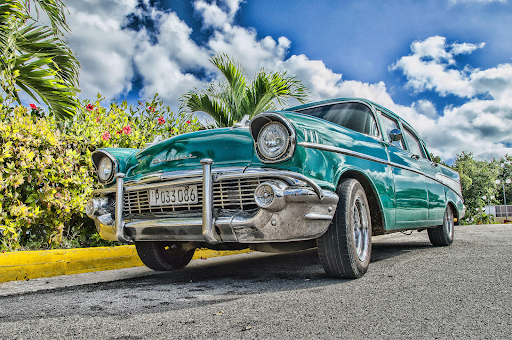
So, just picture this for a second: you’re driving down a sunny street in your classic car. Heads turn, people smile, and you feel that nostalgic connection to the open road. But as time goes on, you start noticing the little things. Maybe it’s the maintenance costs piling up, or maybe you’re just not as excited to take it out for a spin. The thought of parting with your cherished vehicle crosses your mind, but is it really time to sell? Well, honestly, the classic car market is pretty big, and it’s only growing thanks to all the popularity out there.
But regardless, you have your car, but if you’re just not feeling that connection, maybe it truly is time to sell. Well, let’s take a look at some of the key signs that it just very well might be time to say goodbye to your beloved classic.
The Costs Are Starting to Pile Up
Owning a classic car isn’t just about the thrill of the ride—it’s also about maintenance. Just think about it for just a moment; from engine repairs to sourcing rare parts, keeping a vintage car in good shape can cost a pretty penny. If you find yourself spending more on repairs than enjoying the car, it might be a sign that it’s time to let go. Seriously, it’s just not worth it if there are constant trips to the mechanic, which can take the joy out of ownership, especially when each visit seems to come with a hefty bill.
As much as we’d love to believe our cars will run forever, even classics have their limits. If keeping it on the road feels more like a chore than a pleasure, it’s worth considering whether selling now could save you more stress (and cash) in the long run.
You’re Not Driving It as Much Anymore
One of the most tell-tale signs that it might be time to sell is if your classic car has become more of a garage queen than a road warrior. While yes, every classic car owner knows they can’t drive it all the time, there are limits, and that car deserves to be out on the road!
After all, cars are meant to be driven, and leaving them to sit for extended periods can cause more harm than good. But how? Well, there are the rubber components that dry out, fluids stagnate, and before you know it, your once-prized possession is collecting dust and cobwebs.
The Market Is in Your Favor
Timing can be everything when it comes to selling a classic car. Basically, it’s like that with all carts, but especially luxurious cars like this. So, if you’ve noticed an uptick in demand for your particular make and model, it could be the perfect opportunity to cash in. With the right timing, you might even find that your classic car has appreciated in value over the years.
For example, if you own a vintage Mercedes, now might be the perfect time to check out a classic Mercedes valuation. Who knows, you might be able to sell your classic car for another car you want (and that’s super common for classic car owners anyway).
Sentimental Value Is Fading
Every classic car has a story, but sometimes that story no longer holds the same meaning. That’s right, sometimes that love and that senitmental value of how you got the car just slowly begins to be fairly meaningless.




More Stories
Durable Engine Labels for Harsh Automotive Conditions
How Does Motorcycle Transport Work? Costs, Methods & Companies
The Most Reliable Cars of the Last Decade